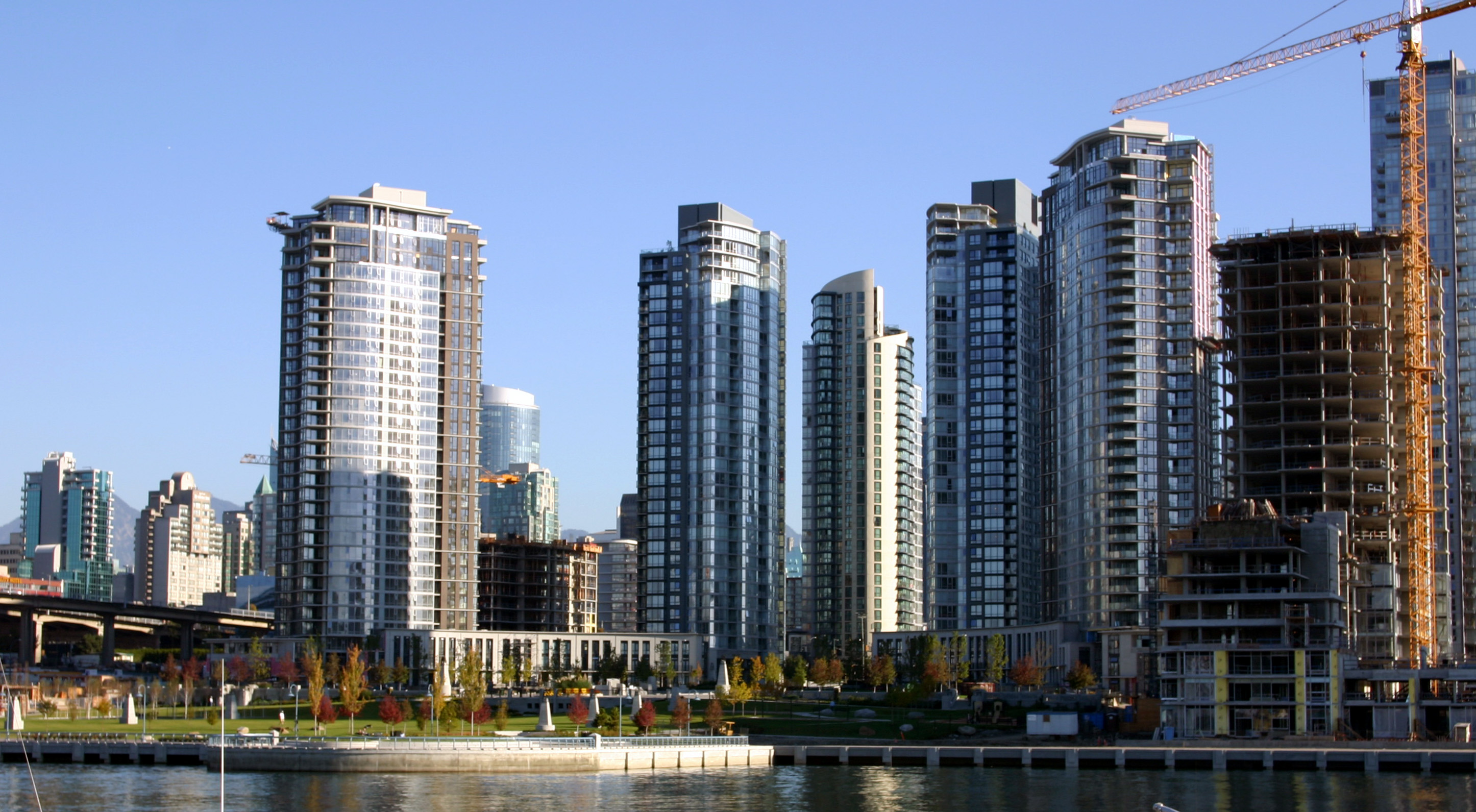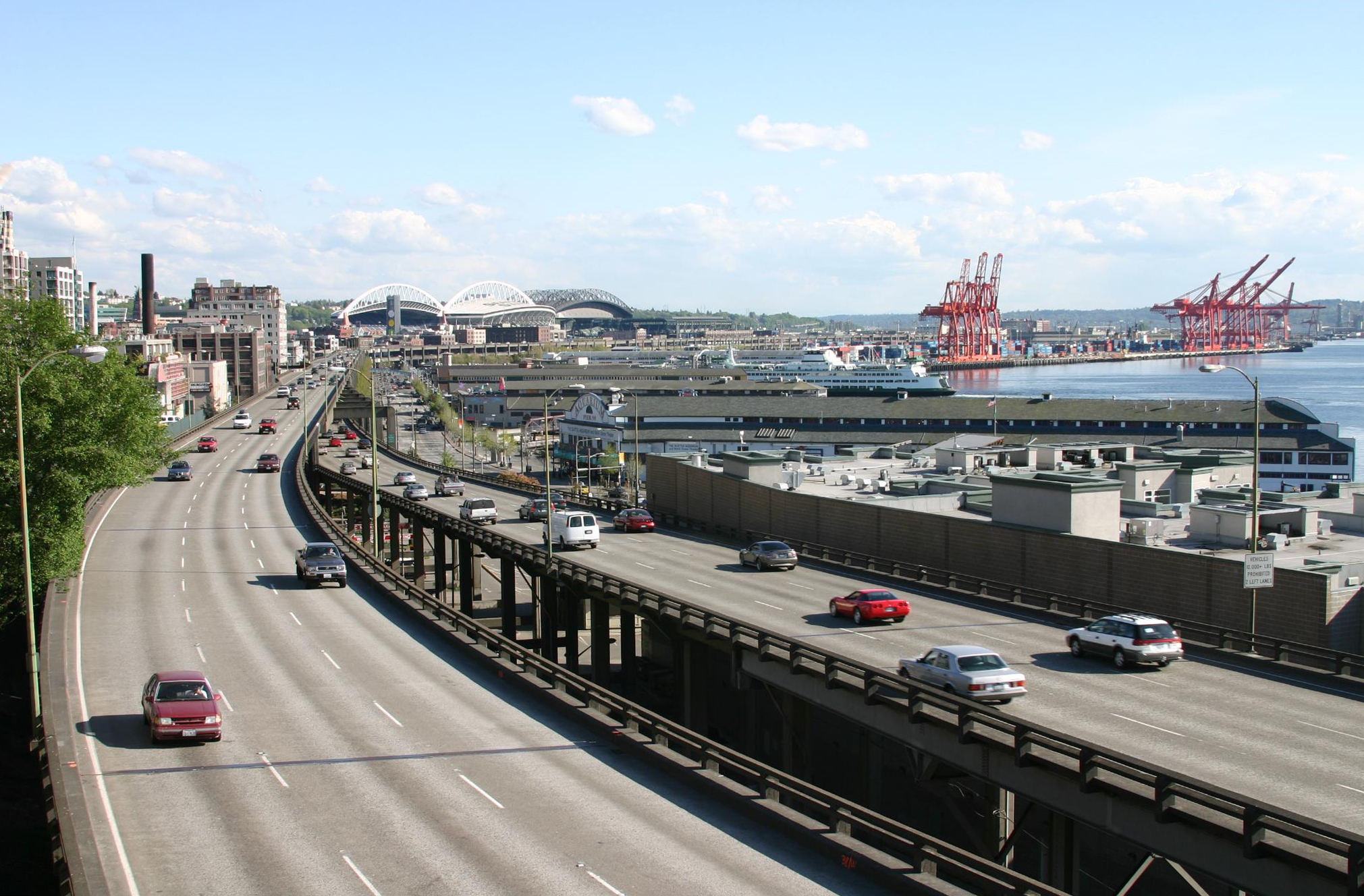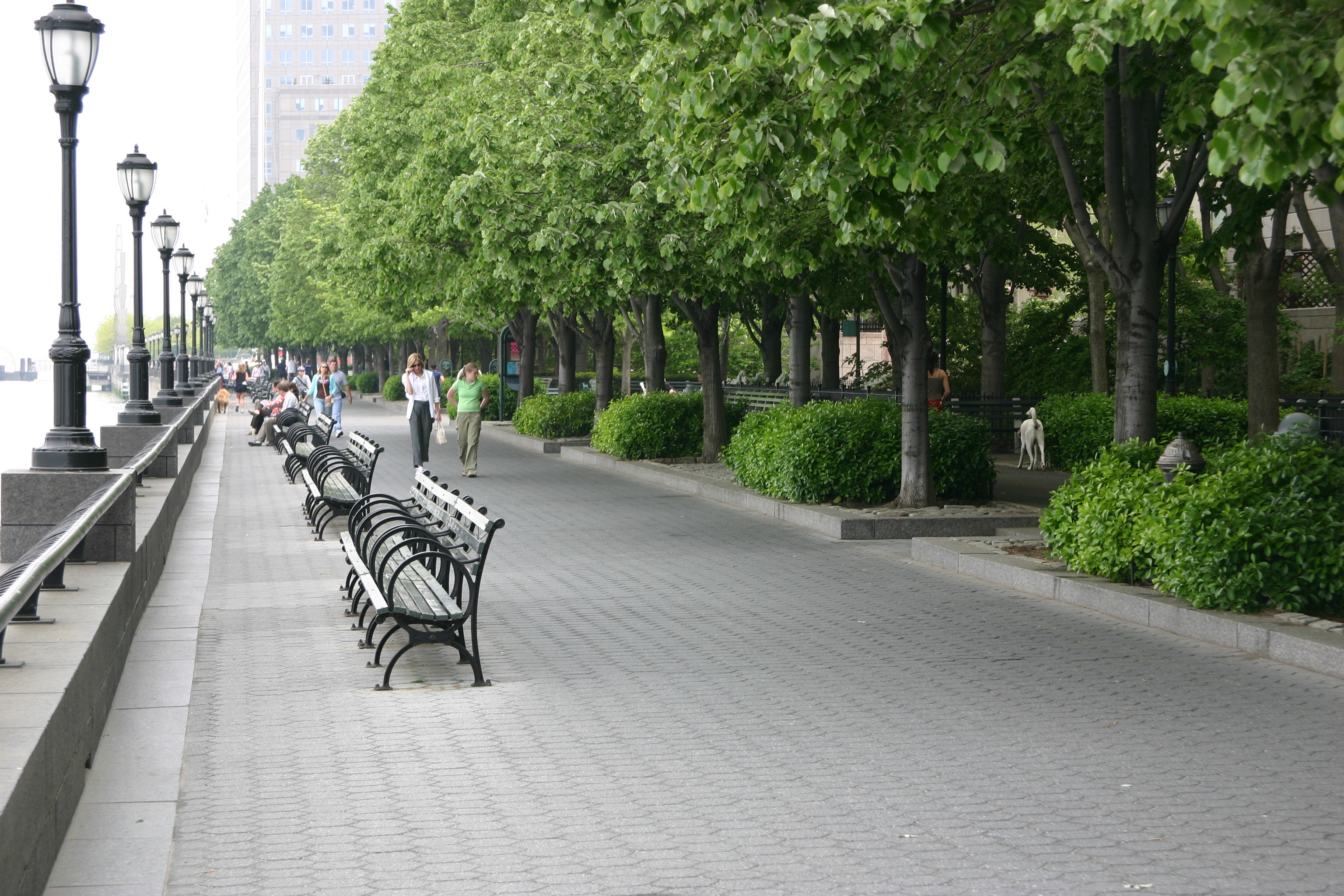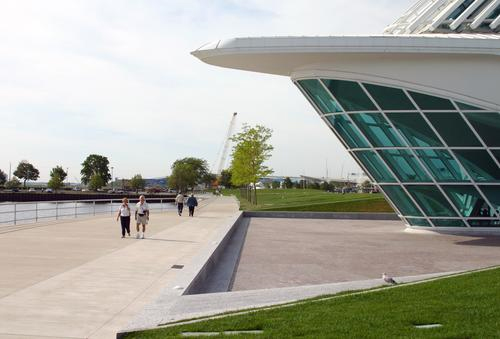A biweekly newsletter with public space news, resources, and opportunities.
A curated dispatch on all things public markets plus the latest announcements from the Market Cities Program.
In cities around the world, waterfronts are showing new signs of life. Parcels once dominated by industry or highways are now opening up to redevelopment, offering enormous opportunities to create new public spaces and rejuvenate old ones. Too often, however, decision makers hungry for solutions latch on to uninspired design and development plans that constrict public use.
Many things can suck the life out of a waterfront redevelopment, even those that start out with the best intentions. Some waterfronts are effectively privatized with one-dimensional commercial activity like hotels or convention centers, others with housing that discourages non-residents from using the space. Even when land is set aside for parks, they can fall short of the mark because they've been designed only for passive use or highly structured recreation. Since most waterfronts often start out in decrepit shape, any type of development tends to be welcomed. Yet when one particular use is allowed to dominate, the long-term potential of the waterfront is degraded.
Based on our experience with waterfronts around the world, PPS has assembled the following list of common pitfalls to help communities avoid these mistakes so that they can achieve the best possible future for their waterfronts.

City planners in Vancouver tell us these high-rise residential towers along the waterfront have prevented public use from flourishing. Predictably, waterfront planning that stresses big, stand-alone projects results in isolated, single-use (not to mention very expensive) development. And any time a single use dominates an area, other activities are squeezed out.

Seattle's Alaskan Way Viaduct is a barrier between downtown and the waterfront. The waterfront should be one of the main destinations in any city, not a place to pass through in a car. Yet many cities--including New York, Seattle, Barcelona and Paris--have greatly hindered access to their waterfronts by capitulating to the auto. Raised freeways, wide roads, and parking lots dominate waterfront views, cutting people off from what should be a wonderful public asset.

Much of Portland Oregon's waterfront is taken up by passive areas without a diverse variety of activity. Passive areas where people can sit or stroll are successful when they connect to destinations where more activities are available, forming a diverse whole. But when the waterfront is limited to natural areas, which are often seen as a healthy contrast to the city, the place loses the vibrant qualities that draw many people to the water. By the same token, recreational activities that use up a large amount of space, like playing fields, are especially difficult to integrate into a waterfront if you want to have a lively setting throughout different times of day and different seasons. Natural areas and recreational areas work best when mixed with other sorts of destinations.

The push for luxury waterfront condos yields a limited return for the broader public. The privatization of waterfronts comes in many forms, including luxury housing and high-end commercial developments. There are also less obvious ways that waterfronts have been commandeered that often get overlooked. Fences, a lack of crosswalks, poorly-marked entrances, walkways that terminate at private property--all these measures serve to make waterfronts feel less public and more private.

New York's Battery Park City maintains public access throughout, but lacks the fine-grained layering of activity necessary to create great destinations. Even well-designed and maintained waterfronts that provide excellent public access may not necessarily fulfill their potential as gathering places. If there are no special places that draw people, then the intrinsic vibrancy of waterfront gets squandered. Creating popular destinations doesn't mean relying on big projects. Rather, it involves layering smaller attractions that work together: A small boat dock, a restaurant, and a playground, if combined the right way, can all build off each other and enliven a waterfront much more than any single use ever could.

Fast growing cities around the world, like Panama City, are quickly ceding their prime waterfront space to development. Many waterfront planning efforts are led by "development corporations," but when development is the primary objective, public goals and public process get left behind. As with any public space, the knowledge and desires of the community should form the framework for shaping waterfronts. When a city hands over the future of its waterfront to developers, the essential public spirit of the waterfront is compromised. Development is a necessary component of this process, but not the only point. It should fit within the community's vision, not override it.

Although the Quadracci Pavilion in Milwaukee, Wisconsin sits right by the waterfront, it does nothing to support activity in the surrounding public spaces. Many waterfronts today have become the site of stand-alone, iconic buildings. These buildings stand as design statements that neither foster lively public use nor connect their ground floor activity to the surrounding public spaces. In fact, these projects dampen public activity and diminish any sense of place. Frank Gehry's Guggenheim Museum in Bilbao, Spain, Santiago Calatrava's Quadracci Pavilion at the Milwaukee Art Museum, and Dominique Perrault's Bibliotheque Nationale in Paris are all symptoms of this same disease.The success of a waterfront revitalization that relies on attention-grabbing design to draw people will be short-lived at best. Once the novelty wears off, there must be something substantial that keeps people coming back again and again.
The rich text element allows you to create and format headings, paragraphs, blockquotes, images, and video all in one place instead of having to add and format them individually. Just double-click and easily create content.
The rich text element allows you to create and format headings, paragraphs, blockquotes, images, and video all in one place instead of having to add and format them individually. Just double-click and easily create content.
Body Text Body Link
The rich text element allows you to create and format headings, paragraphs, blockquotes, images, and video all in one place instead of having to add and format them individually. Just double-click and easily create content.
Here is some highlighted text from the article.




Headings, paragraphs, blockquotes, figures, images, and figure captions can all be styled after a class is added to the rich text element using the "When inside of" nested selector system.
Headings, paragraphs, blockquotes, figures, images, and figure captions can all be styled after a class is added to the rich text element using the "When inside of" nested selector system.
Headings, paragraphs, blockquotes, figures, images, and figure captions can all be styled after a class is added to the rich text element using the "When inside of" nested selector system.